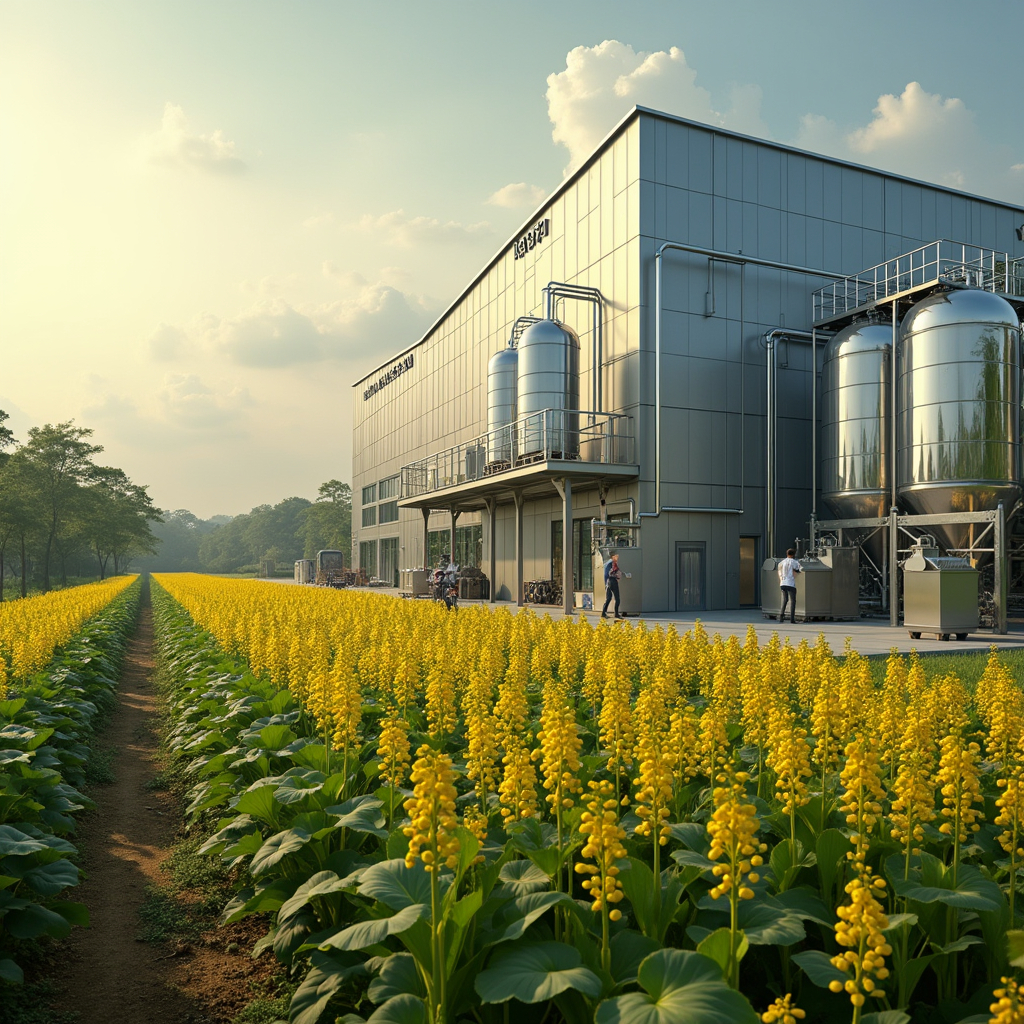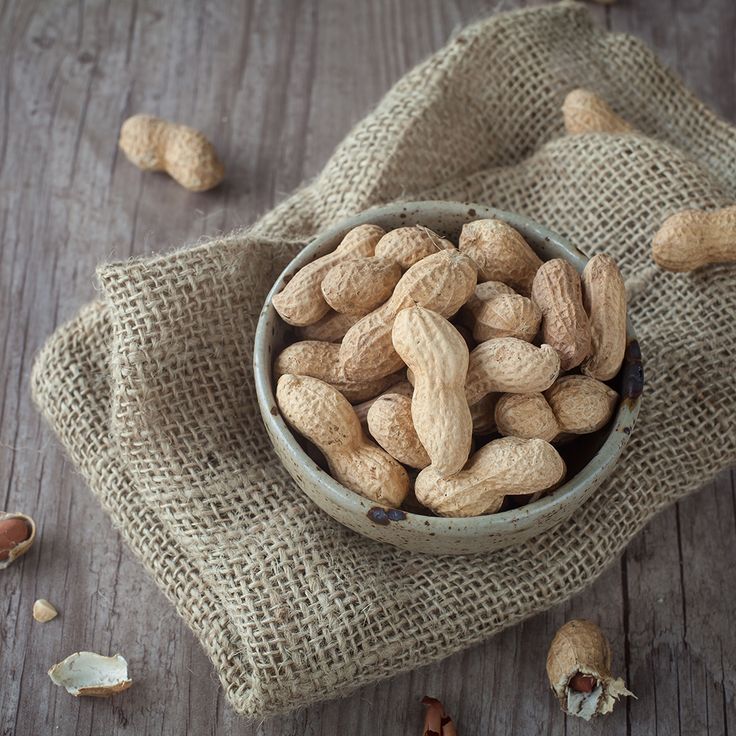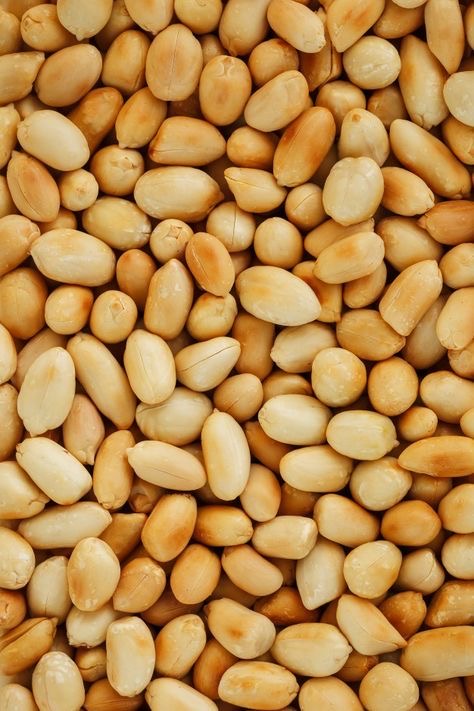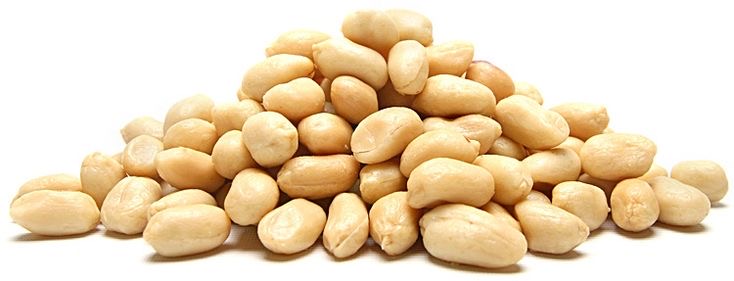Are you ready to capitalize on the surging demand in the cattle feed industry? With the global market projected to reach $122.6 billion by 2033, now is the opportune moment for feed importers, manufacturers, wholesalers, and dealers to expand their horizons and tap into this lucrative sector.
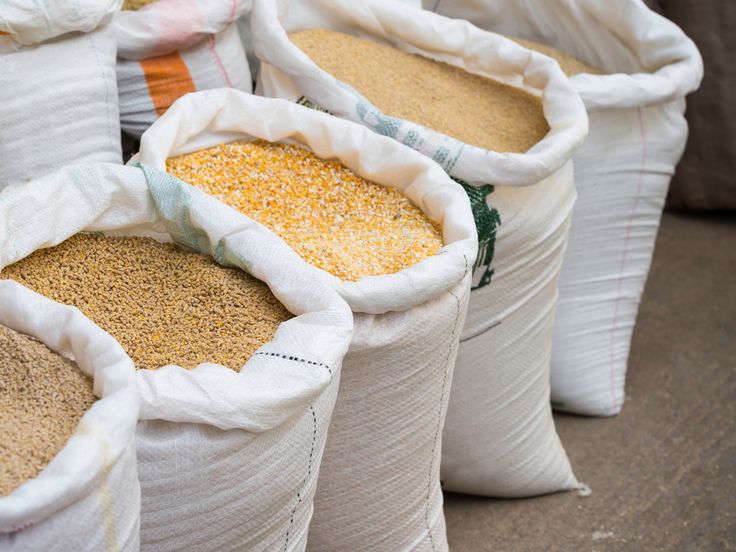
📈 Market Snapshot: A Growing Appetite for Quality Feed
- Global Market Value (2024): $91.29 billion
- Projected Value (2033): $122.6 billion
- Compound Annual Growth Rate (CAGR): 2.99% (2025–2033)
- Asia-Pacific Market Share (2024): Over 38.9% Dalton Luka+15IMARC+15AllTech+15
The cattle feed industry is experiencing robust growth, driven by increasing demand for high-quality dairy and meat products, heightened awareness of animal nutrition, and advancements in feed formulations. The expansion of the livestock industry, particularly in emerging economies, is fueling the need for nutritionally balanced feed to enhance cattle health and productivity.IMARC+1Future Market Insights+1
🔑 Key Drivers Fueling Market Expansion
- Rising Demand for Animal Protein: Urbanization and changing dietary habits are leading to increased consumption of meat and dairy products, necessitating high-quality feed to meet production demands. Feed & Additive Magazine+1Future Market Insights+1
- Technological Advancements in Feed Formulation: Innovations in feed additives and formulations are enhancing feed efficiency and animal health, providing a competitive edge to suppliers offering advanced solutions.
- Sustainability and Environmental Concerns: The industry is witnessing a shift towards sustainable practices, with a focus on reducing greenhouse gas emissions and promoting eco-friendly feed options.
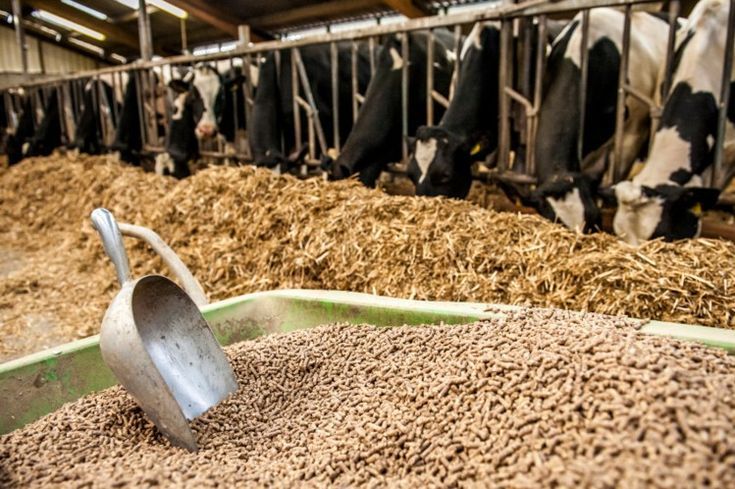
🛒 Opportunities for Feed Importers, Manufacturers, Wholesalers, and Dealers
Diversify Product Offerings: Incorporate alternative feed ingredients like cull peanuts, which offer high protein and energy content, providing cost-effective solutions for cattle nutrition.
Expand into Emerging Markets: Target regions with growing livestock industries, such as Asia-Pacific, to capitalize on the increasing demand for quality feed.
Leverage E-commerce Platforms: Utilize online marketplaces to reach a broader customer base, streamline distribution, and enhance brand visibility.
Invest in Research and Development: Stay ahead of industry trends by developing innovative feed formulations that meet the evolving needs of livestock producers.
📣 Join the Feed Revolution
As the cattle feed market continues to grow, there’s a wealth of opportunities for industry players to expand their businesses and increase profitability. By staying informed about market trends and adapting to the evolving needs of the livestock industry, feed importers, manufacturers, wholesalers, and dealers can position themselves for sustained success.
Ready to elevate your business in the booming cattle feed industry? Explore our range of high-quality feed products and innovative solutions designed to meet the demands of modern livestock production.
Stay ahead in the feed industry by subscribing to our newsletter for the latest insights, trends, and product updates.
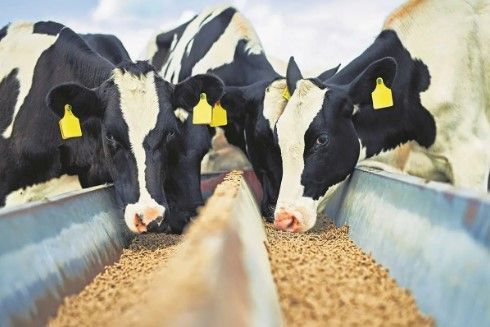
For Inquiry and more Information contact us now
Info@shreeshubhamexim.com | contact:+91-9170007077 |




